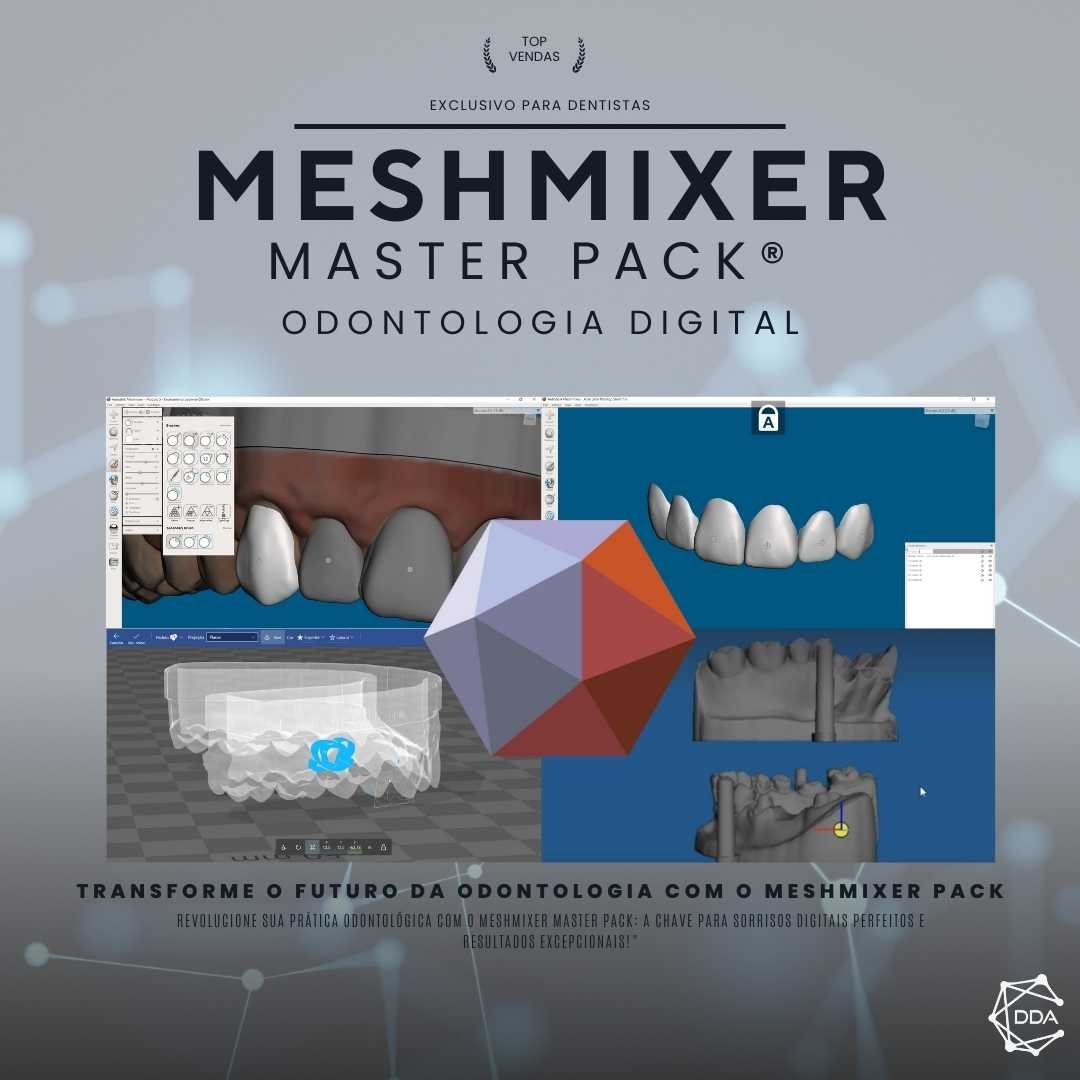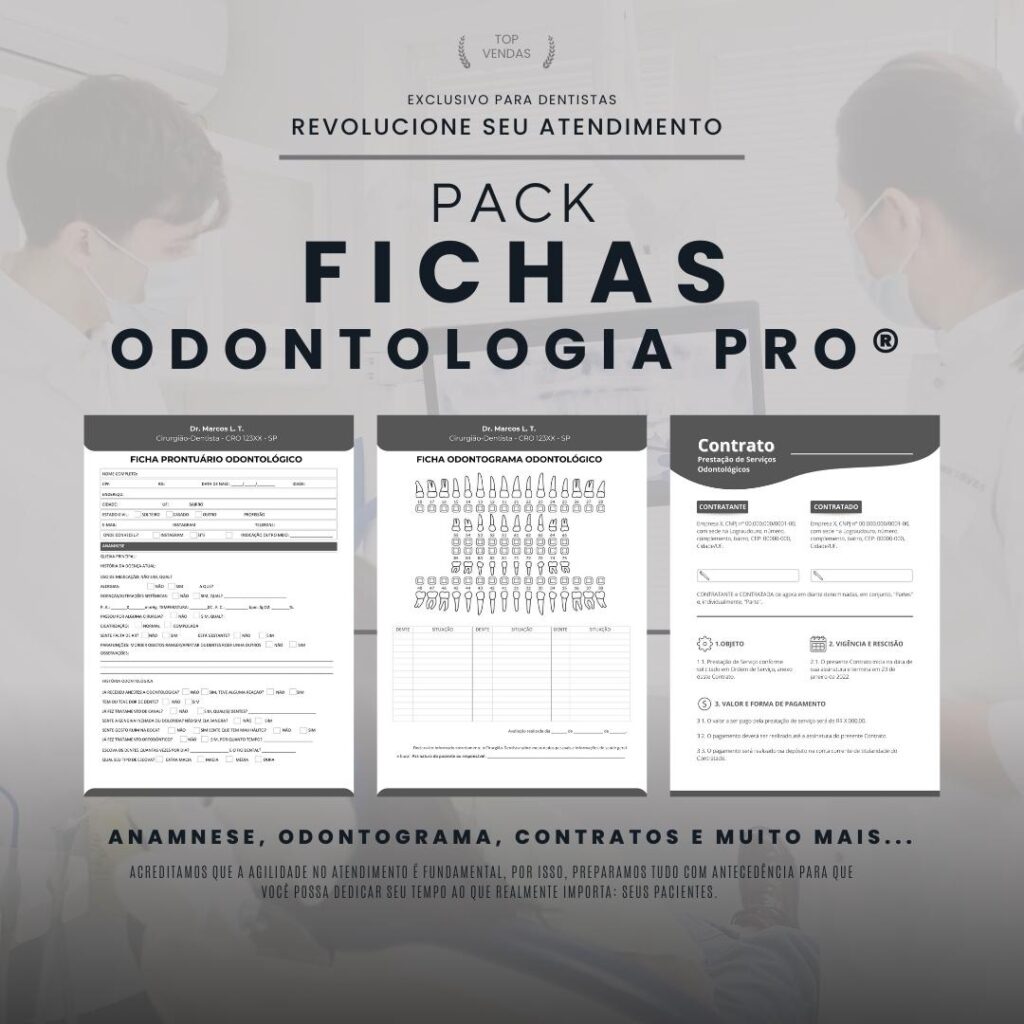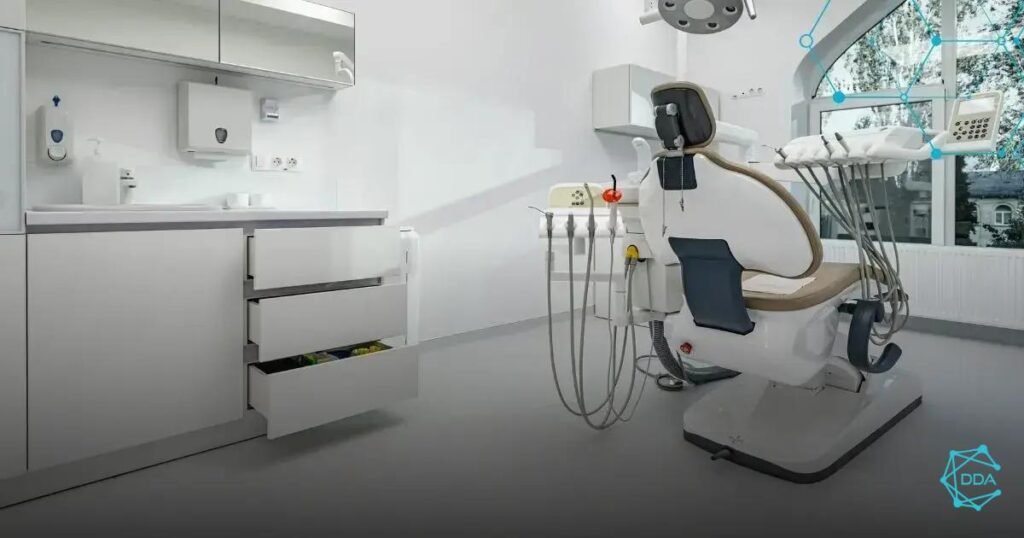To the Advantages of intraoral scanners are transforming dental practice. These modern devices not only improve the accuracy of diagnoses, but also provide a more comfortable experience for patients. In this article, we will explore how intraoral scanners are revolutionizing treatments, bringing efficiency and innovation to the dental office.
Greater Accuracy in Diagnoses
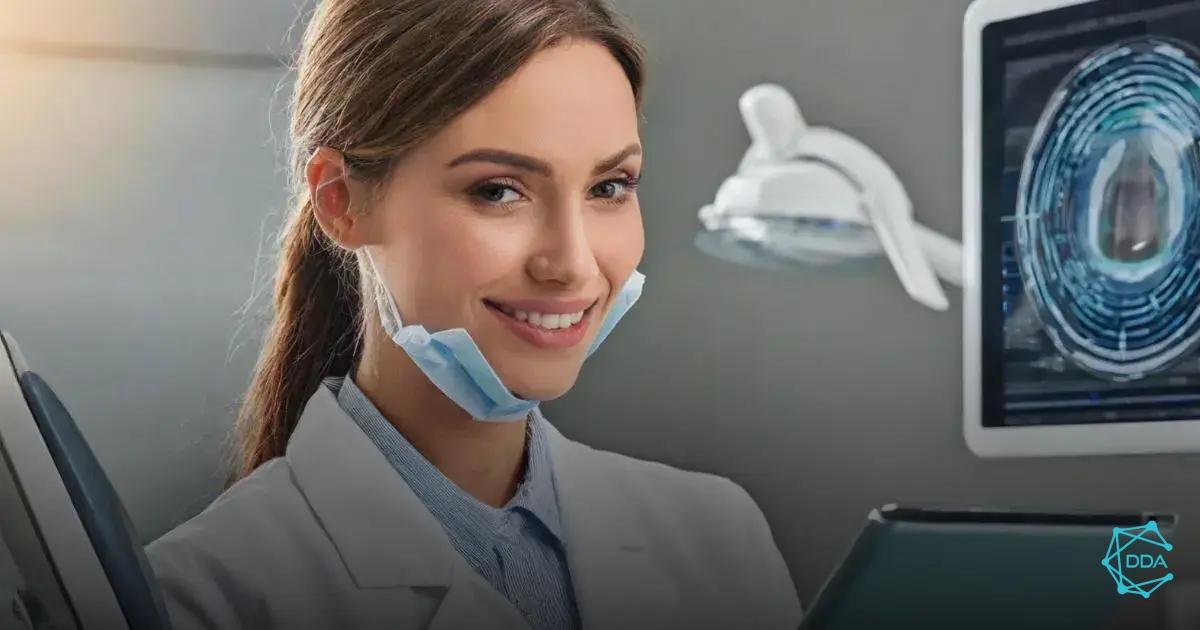

A greater accuracy in diagnoses is one of the main advantages of intraoral scanners. These devices use digital imaging technology to capture details of the patient's mouth with impressive clarity. Unlike traditional methods, which rely on physical impressions, intraoral scanners eliminate the possibility of impression errors.
Additionally, precision in image capture allows dentists to identify dental problems more effectively. Injuries, cavities and wear can be detected in the early stages, enabling faster and less invasive interventions.
The data generated by the scanners can also be integrated into analysis software, providing a detailed view of the patient’s oral health. This results in more complete and personalized diagnoses, increasing the confidence of professionals and patients in treatment recommendations.
In summary, the use of intraoral scanners not only improves the accuracy of diagnoses, but also contributes to safer and more effective dental care.
Patient Comfort
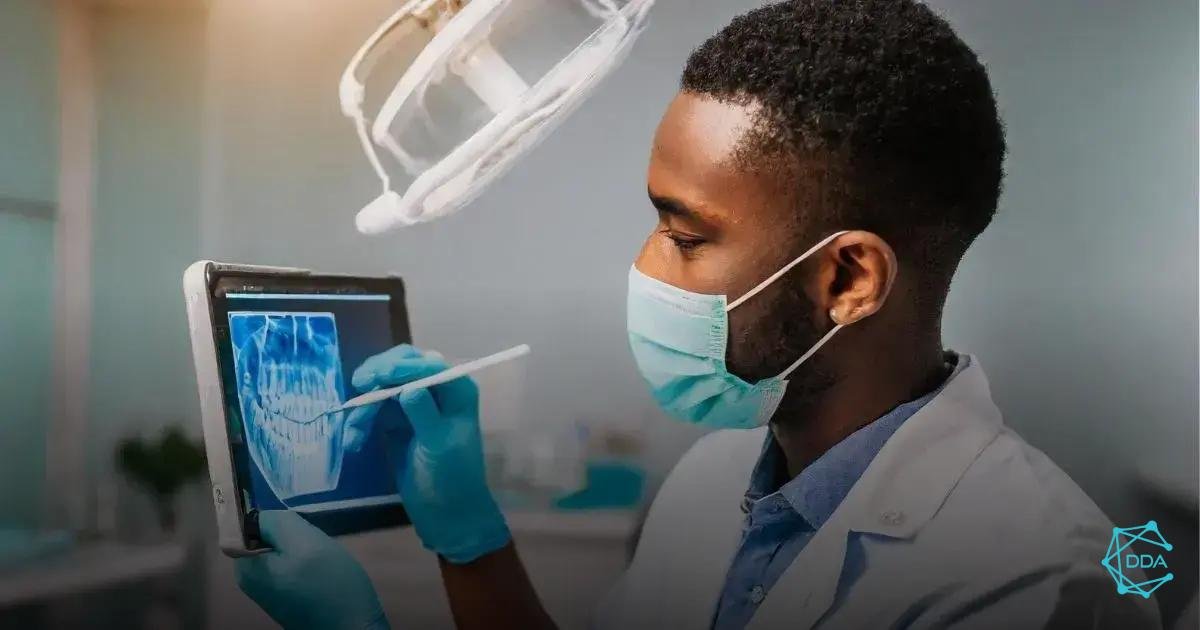

O patient comfort is one of the great innovations brought by intraoral scanners. Unlike traditional molds, which can cause discomfort and even nausea, scanners offer a much more pleasant experience. The scanning process is quick and non-invasive, reducing patient anxiety during the consultation.
With an ergonomic design, intraoral scanners are designed to fit easily into the patient’s mouth. This means less time is spent on uncomfortable procedures, allowing the dentist to carry out the work efficiently and smoothly. The use of anesthesia sprays is no longer necessary in most cases, making the experience even more comfortable.
Additionally, scanning is a quiet and gentle process, which helps create a relaxing environment in the office. Patients feel more at ease and less apprehensive, which can result in better cooperation during treatment.
Therefore, by opting for intraoral scanner technology, dentists not only improve the accuracy of diagnoses, but also ensure more humanized and comfortable care for their patients.
Reduction of Consultation Time
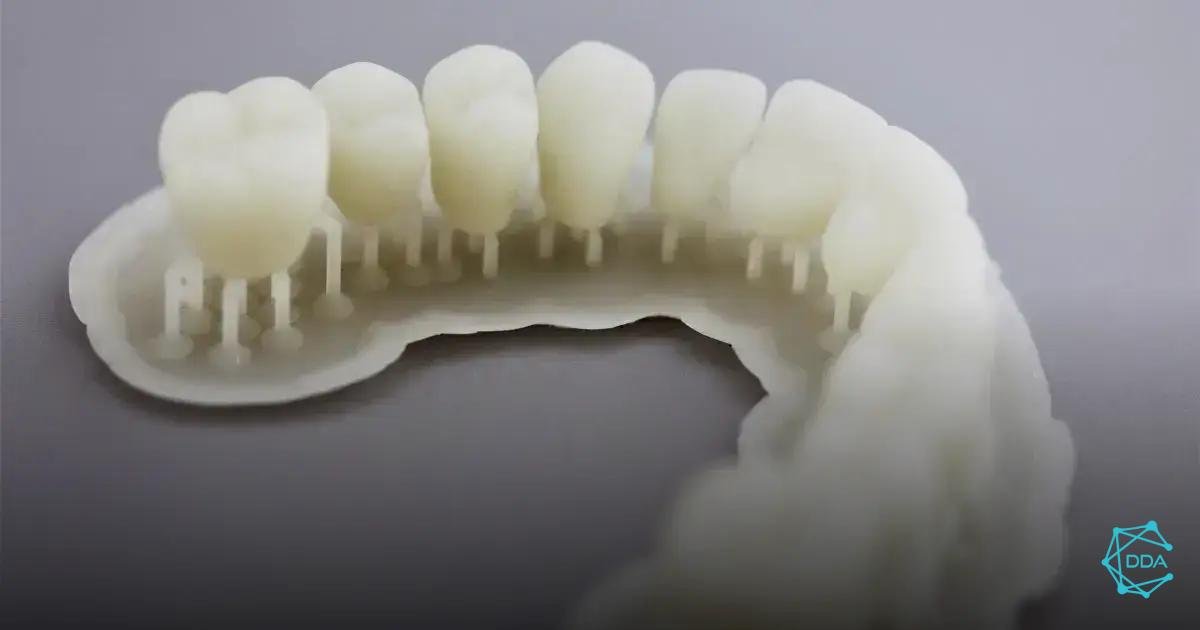

A reduction of consultation time is a significant advantage of intraoral scanners, benefiting both dentists and patients. With the ability to capture digital images in just a few minutes, these devices eliminate the need for time-consuming and labor-intensive impressions.
Traditionally, creating impressions can be time-consuming, with steps including applying impression materials and drying time. With scanners, the entire process is accelerated. The dentist simply passes the scanner over the dental arch, obtaining an instant digital image that can be viewed in real time.
This agility not only saves time during the consultation, but also allows dentists to see more patients in a day, increasing office efficiency. Additionally, reducing wait times for diagnoses and treatments contributes to a better overall patient experience.
Reducing consultation times also means patients spend less time in the dentist’s chair, which can be a deciding factor for those who are afraid or anxious about dental procedures. Intraoral scanners therefore provide faster and more effective care without compromising the quality of the service provided.
Easy Mold Creation
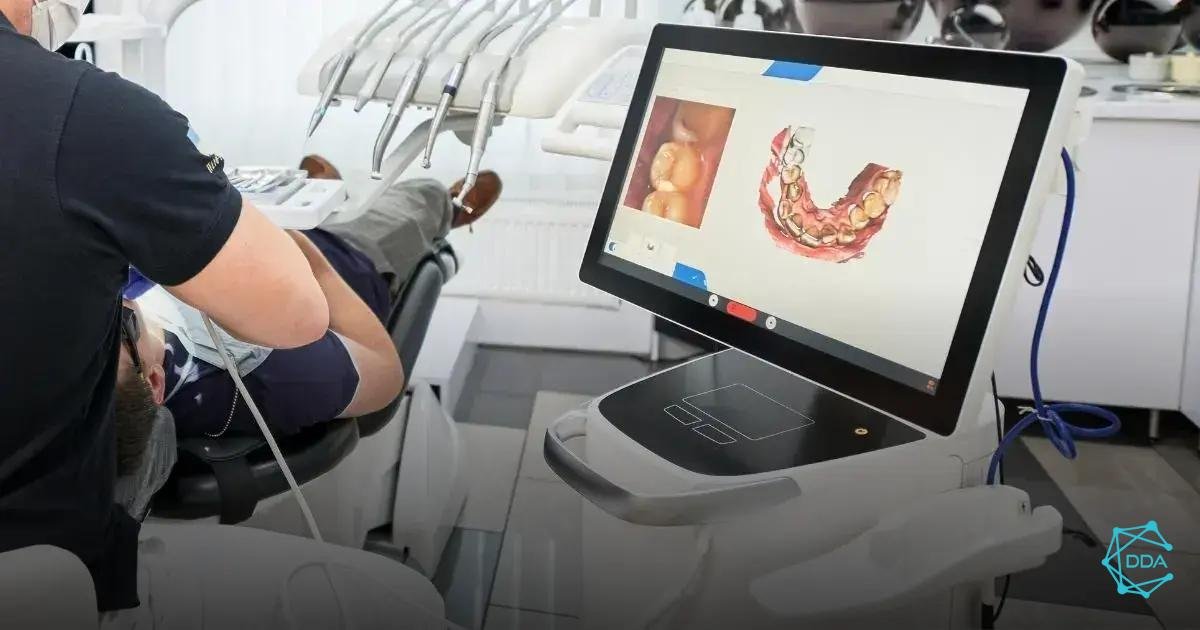

A ease of creating molds is one of the most valued features of intraoral scanners. With digital technology, creating molds for dentures, crowns and other dental devices becomes a simple and efficient process.
Traditionally, making impressions involved using impression materials that could be uncomfortable and time-consuming. Patients had to keep the material in their mouths for several minutes, which was often an unpleasant experience. With intraoral scanners, this process is transformed. The dentist uses a device that captures digital images in real time, creating a virtual impression in a matter of minutes.
This method not only increases the accuracy of the impressions, but also allows for immediate adjustments during the scanning process. If the dentist notices that an area was not captured correctly, he or she can quickly repeat the scan, ensuring a perfect impression without the need for another uncomfortable procedure for the patient.
Additionally, digital impressions can be easily stored and shared with laboratories, facilitating communication and faster production of customized parts. This results in faster service and faster delivery of prosthetics and other devices, benefiting both dentist and patient.
Integration with Advanced Technologies


A integration with advanced technologies is one of the main advantages of intraoral scanners, allowing dentists to provide more effective and innovative care. These devices do not operate in isolation; they can connect to a variety of software and equipment that enhance dental diagnosis and treatment.
One of the most notable applications is the creation of digital models that can be used in 3D printers. This makes it possible to manufacture custom dentures, crowns, and orthodontic aligners with millimeter precision. 3D printing not only reduces waiting time but also improves the fit of the parts, resulting in a more comfortable fit for the patient.
Additionally, intraoral scanners can be integrated with practice management systems, making it easier to store and retrieve patient data. This integration allows dentists to quickly access treatment history, improving continuity of care and personalization of services.
Another advantage is the ability to perform simulations and predict results. With advanced software, dentists can show patients what the final result of the treatment will be like, increasing patient confidence and satisfaction. Technology makes the process more transparent and collaborative.
Therefore, the integration of intraoral scanners with advanced technologies not only enhances the quality of care, but also transforms the patient experience, making it more interactive and satisfying.


